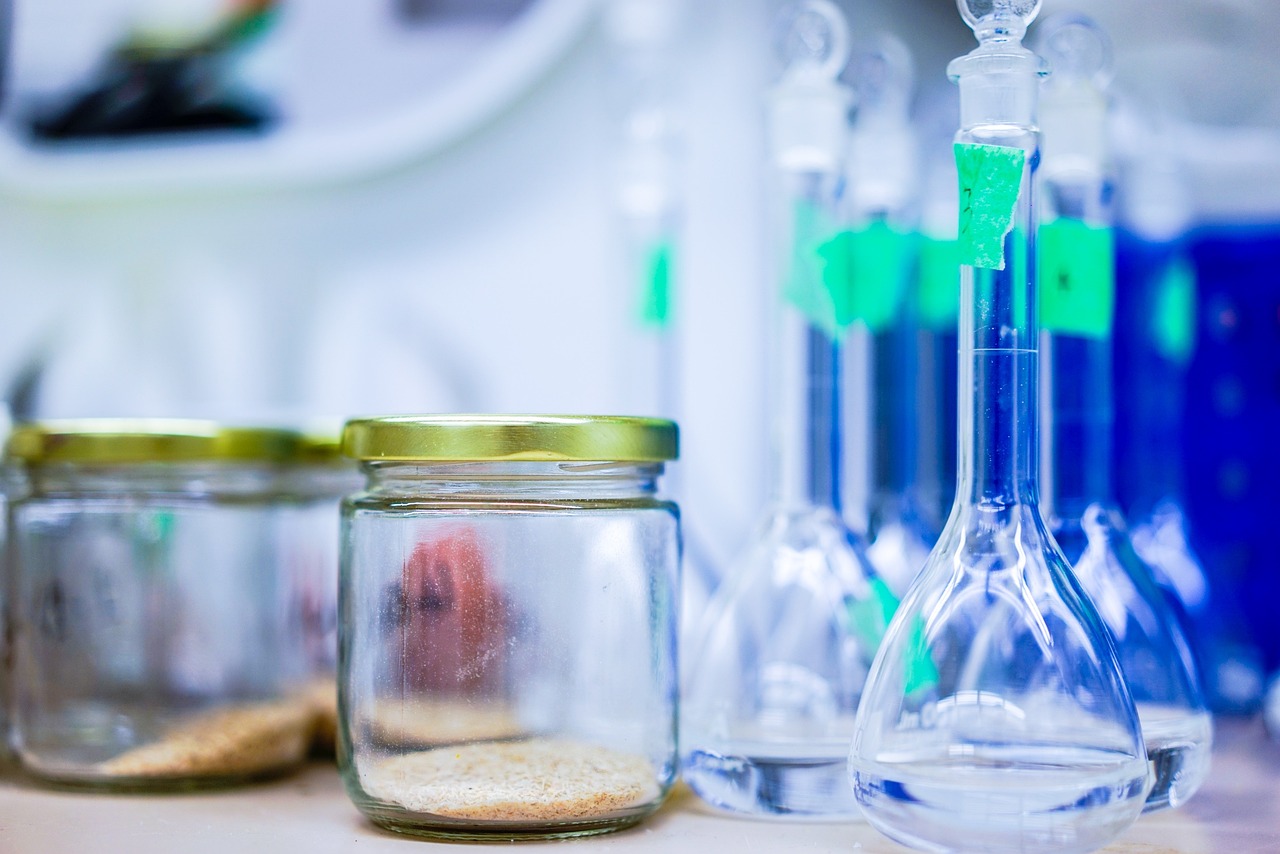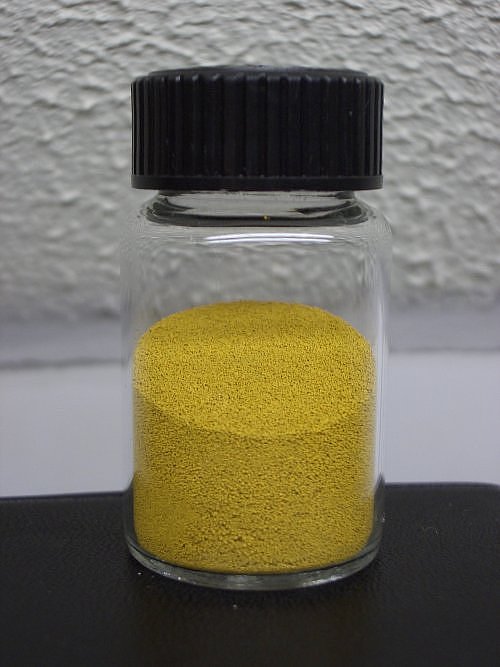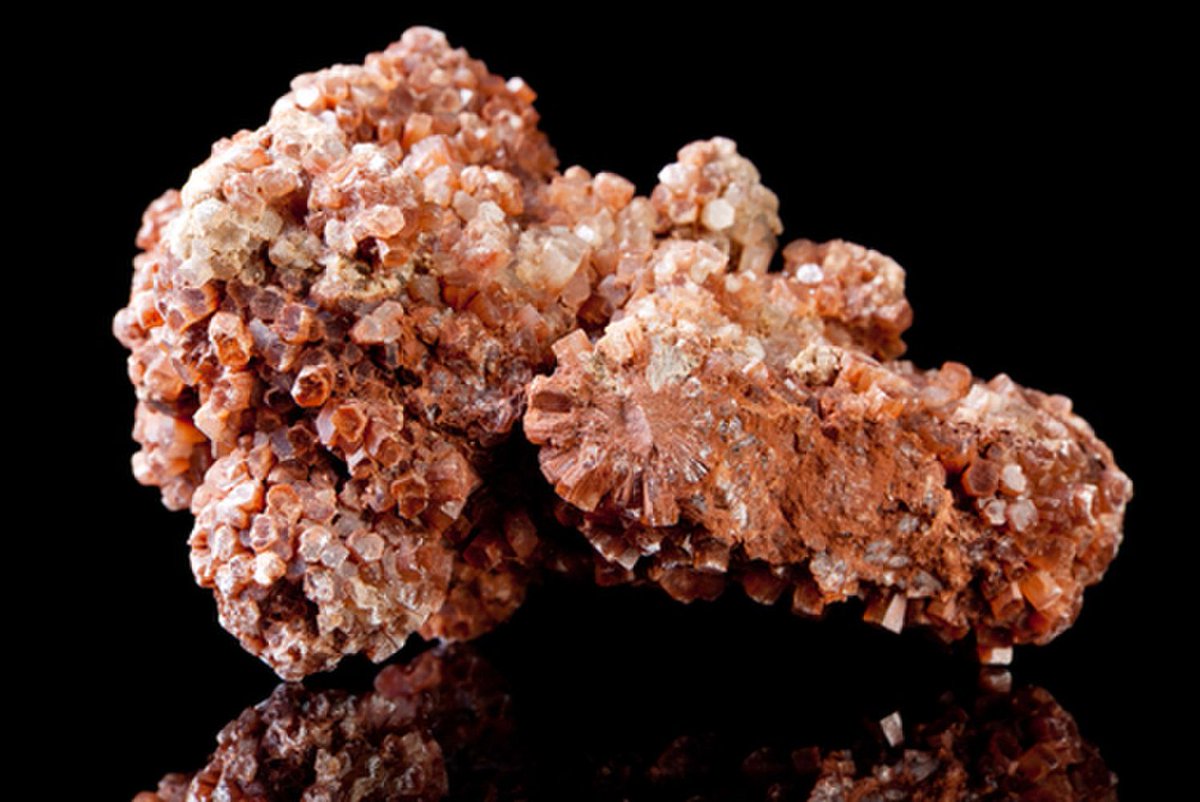Vanadium pentoxide (V₂O₅), a compound widely used as an industrial catalyst and in metallurgical alloys, is notoriously toxic to biological systems. However, a growing body of research is revealing a fascinating paradox: at the nanoscale, V₂O₅ exhibits potent therapeutic properties. This article delves into the deep-research landscape of V₂O₅’s biomedical potential, focusing on its insulin-mimetic activity for combating diabetes and its cytotoxic effects against cancer cells. We will explore the underlying biochemical mechanisms, review key in vitro and in vivo studies, and critically assess the formidable challenges of biocompatibility and targeted delivery that must be overcome to translate this toxic substance into a life-saving medicine.
1. Vanadium’s Dual Identity: From Industrial Hazard to Nanomedical Hope
In its bulk form, vanadium pentoxide is a classic industrial chemical. Its catalytic properties are harnessed in the production of sulfuric acid, and its strength is utilized in creating high-strength steel alloys. In toxicology, it is known as a respiratory irritant and a systemic toxin, capable of causing a condition known as “vanadism,” characterized by respiratory distress, and damage to the kidneys and liver.
The paradigm shift occurs at the nanoscale. When synthesized as nanoparticles, nanowires, or nanobelts, V₂O₅’s high surface-area-to-volume ratio and quantum confinement effects dramatically alter its interaction with biological systems. These nanostructures can slowly release bioactive vanadate ions (H₂VO₄⁻) or participate directly in redox reactions, opening a pathway from hazardous material to potential therapeutic agent.
2. The Insulin-Mimetic Properties: A Novel Approach to Diabetes Management
Type 2 diabetes is characterized by insulin resistance, where cells fail to respond effectively to insulin, leading to poor glucose uptake and hyperglycemia. The discovery that vanadium compounds could lower blood glucose in diabetic animals sparked decades of research into their insulin-mimetic (insulin-imitating) capabilities.
Mechanism of Action: Inhibition of Protein Tyrosine Phosphatases (PTPs)
The core of vanadium’s anti-diabetic effect lies in its ability to inhibit a class of enzymes called Protein Tyrosine Phosphatases (PTPs).
- The Insulin Signaling Cascade: When insulin binds to its receptor on a cell surface, the receptor autophosphorylates its tyrosine residues. This phosphorylation event triggers a downstream signaling cascade (involving IRS-1, PI3K, and Akt pathways) that culminates in the translocation of the GLUT4 glucose transporter to the cell membrane, allowing glucose to enter the cell.
- The Role of PTP1B: Protein Tyrosine Phosphatase 1B (PTP1B) acts as a crucial negative regulator in this pathway. It dephosphorylates (removes the phosphate group from) the activated insulin receptor, effectively shutting down the signal. In insulin-resistant states, PTP1B activity is often elevated, contributing to the problem.
- Vanadate as an Inhibitor: The vanadate ion (VO₄³⁻), which is released from V₂O₅ in aqueous biological environments, is a structural analog of the phosphate ion (PO₄³⁻). This structural mimicry allows it to bind to the active site of PTP1B, acting as a potent competitive inhibitor.
By inhibiting PTP1B, vanadate prolongs the phosphorylated, active state of the insulin receptor. This enhances and sustains the insulin signal, leading to increased glucose uptake even in the presence of reduced insulin sensitivity. V₂O₅ nanoparticles offer an advantage over simple vanadium salts by providing a sustained, localized release of these vanadate ions, potentially reducing the systemic toxicity associated with a large, single dose.
3. V₂O₅ Nanoparticles as an Anti-Cancer Agent
The same chemical reactivity that makes V₂O₅ a good catalyst also makes it a potent cytotoxic agent against cancer cells. The primary mechanism is the induction of overwhelming oxidative stress.
Mechanism of Action: ROS Generation and Apoptosis Induction
- Reactive Oxygen Species (ROS) Production: V₂O₅ nanoparticles can catalyze Fenton-like reactions, interacting with endogenous hydrogen peroxide (H₂O₂) to produce highly reactive hydroxyl radicals (•OH).
- V⁴⁺ + H₂O₂ → V⁵⁺ + •OH + OH⁻
- Oxidative Stress Overload: Cancer cells, due to their high metabolic rate and mitochondrial dysfunction, often exist in a state of elevated baseline oxidative stress. The massive influx of ROS generated by V₂O₅ nanoparticles overwhelms their already compromised antioxidant defense systems (like glutathione and superoxide dismutase).
- Cellular Damage and Apoptosis: This unchecked oxidative stress leads to widespread cellular damage, including:
- Lipid Peroxidation: Damage to the cell membrane, leading to loss of integrity.
- DNA Damage: Strand breaks and base oxidation, triggering cell cycle arrest and apoptosis.
- Mitochondrial Dysfunction: Disruption of the mitochondrial membrane potential, leading to the release of cytochrome c and activation of the caspase cascade, the executive pathway of apoptosis (programmed cell death).
Review of Preclinical Studies:
- In Vitro Evidence: Numerous studies have demonstrated the dose-dependent cytotoxicity of V₂O₅ nanoparticles against a wide range of cancer cell lines, including breast (MCF-7), lung (A549), cervical (HeLa), and liver (HepG2) cancer cells. These studies confirm that cell death occurs primarily through apoptosis, evidenced by DNA fragmentation, caspase-3 activation, and cell cycle arrest at the G2/M phase.
- In Vivo Evidence: In animal models (typically tumor-bearing mice), administration of V₂O₅ nanostructures has been shown to significantly inhibit tumor growth and reduce tumor volume. However, these studies also frequently highlight dose-limiting toxicity, with signs of damage to the liver and kidneys, underscoring the critical need for improved biocompatibility.
4. The Achilles’ Heel: Biocompatibility and Targeted Delivery
The promise of V₂O₅ is inextricably linked to its peril. The very mechanisms that kill cancer cells—oxidative stress and enzymatic inhibition—can also harm healthy tissues. This presents the central challenge in its clinical translation.
1. Inherent Toxicity:
The non-specific accumulation of V₂O₅ nanoparticles in healthy organs, particularly the liver and kidneys (organs of filtration and detoxification), can lead to severe off-target toxicity. Long-term effects and the fate of these non-biodegradable inorganic nanoparticles in the body remain significant concerns.
2. The Solution: Surface Engineering and Targeted Delivery:
To “tame” V₂O₅, scientists are employing sophisticated nanomedicine strategies to make the particles safer and more precise.
- Passive Targeting (The EPR Effect): Cancerous tumors have leaky blood vessels and poor lymphatic drainage. This allows nanoparticles of a certain size (typically 10-200 nm) to passively accumulate in the tumor tissue more than in healthy tissue. This is known as the Enhanced Permeability and Retention (EPR) effect.
- Active Targeting and Biocompatible Coating: This is a more advanced approach.
- Stealth Coating: The surface of V₂O₅ nanoparticles can be coated with biocompatible polymers like polyethylene glycol (PEG). This “PEGylation” creates a hydrophilic shell that helps the nanoparticle evade the immune system, increasing its circulation time in the bloodstream and enhancing its chance of reaching the tumor.
- Targeting Ligands: The coated surface can then be functionalized with targeting molecules (ligands) that bind specifically to receptors overexpressed on the surface of cancer cells. Examples include:
- Folic Acid: Binds to the folate receptor, which is overexpressed in many cancers.
- Antibodies (e.g., Trastuzumab): Target specific antigens like HER2 on breast cancer cells.
- Peptides (e.g., RGD): Target integrins involved in tumor angiogenesis.
This multi-pronged approach aims to create a nanocarrier that is invisible to the immune system, circulates long enough to find its target, and selectively binds to and destroys cancer cells, leaving healthy cells unharmed.
5. Conclusion and Future Directions
Vanadium pentoxide represents a quintessential double-edged sword in modern pharmacology. It is a powerful illustration of how a substance’s properties are not absolute but are instead context-dependent, shifting from toxic to therapeutic at the nanoscale. Its ability to inhibit PTP1B offers a compelling, non-insulin-dependent strategy for diabetes, while its capacity to induce lethal oxidative stress provides a potent weapon against cancer.
The path forward is challenging but clear. Future research must focus on:
- Rational Design: Developing novel V₂O₅-based nanostructures (e.g., hollow spheres, core-shell particles with a biodegradable shell) that optimize therapeutic efficacy while minimizing toxicity.
- Rigorous Toxicological Assessment: Conducting long-term in vivo studies to fully understand the pharmacokinetics, biodistribution, and chronic toxicity of these nanomaterials.
- Combination Therapies: Exploring the synergistic effects of V₂O₅ nanoparticles with conventional chemotherapy or radiotherapy to lower required doses and overcome drug resistance.
The quest to “tame” vanadium is a frontier of nanomedicine. If successful, it could not only yield new treatments for two of the world’s most devastating diseases but also establish a powerful precedent for repurposing other “toxic” industrial materials for the betterment of human health.










